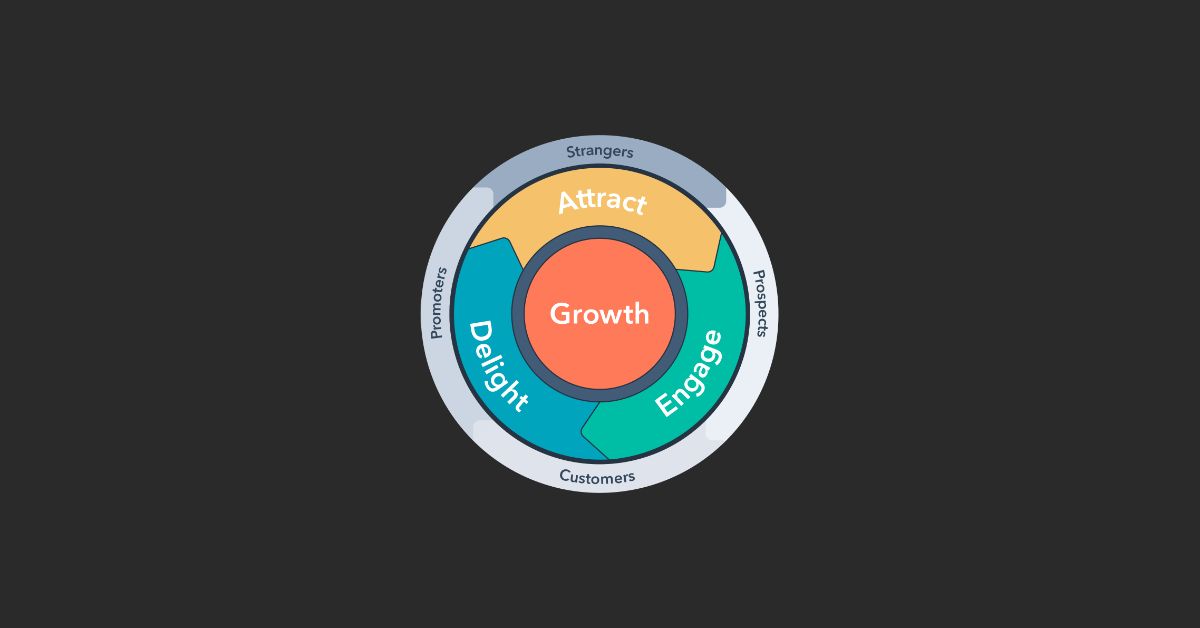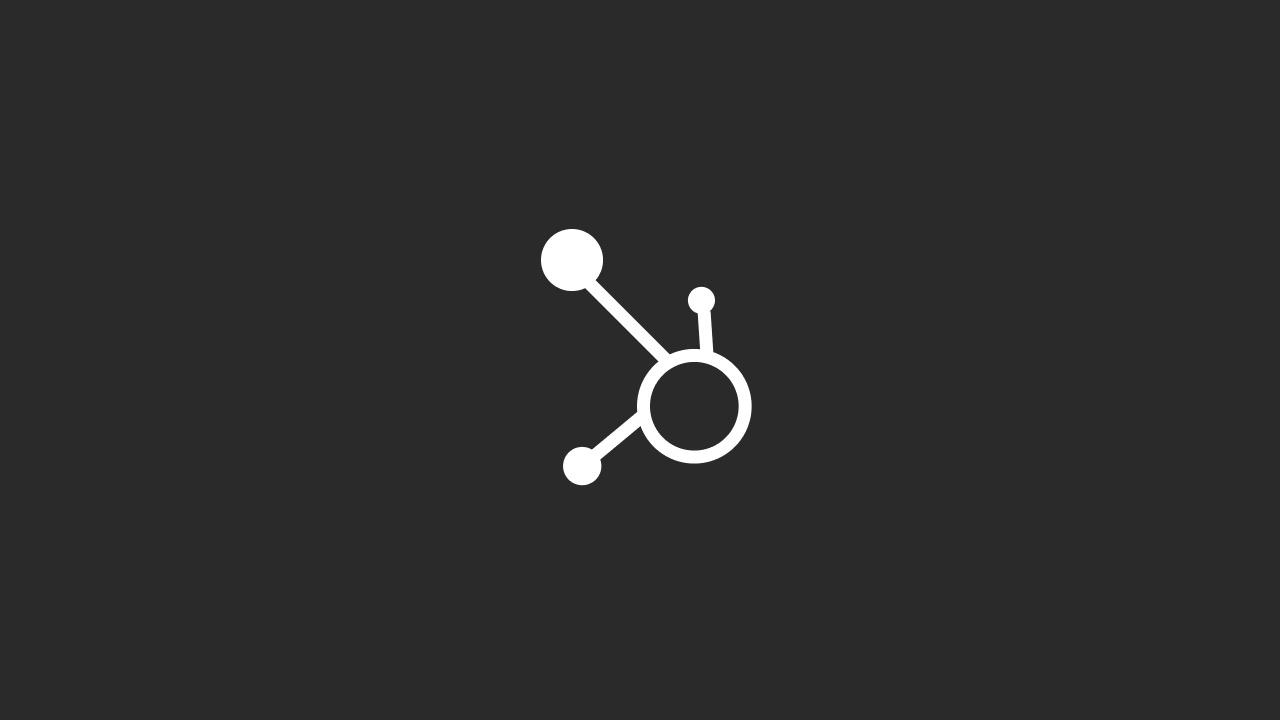The paradigm of traditional marketing funnel strategies is being replaced by flywheel strategies. But, this creates confusion about which is better for your business.By the end of this blog post, you will better understand Marketing Funnel vs/ Flywheel, and which is the best inbound framework for your business. We will now discuss how marketing ideas and methods have evolved significantly to adapt to changing circumstances and satisfy customers' preferences.
The goal of every firm's business development department should be to create a Win-Win situation in which both the company & the consumer benefit from the transaction.
What is Inbound Marketing Framework?
Before moving forward let us recall what is an Inbound Marketing Framework.
In simplest words, Inbound Marketing Framework is a system of lead generation that follows a set of corresponding steps; Awareness of the problems, Consideration of available solutions, and Decision to buy a solution.
Over the years, numerous advertising models have presented groundbreaking improvements. The funnel and the flywheel are two of them that have stood the test of time.
What is the Marketing Funnel Framework?
The funnel model has been used successfully in the past. Even though it wasn't widely used until much later, the concept has remained central to marketing since its inception in 1898. The model depicts the path that a consumer takes from first learning about your company and its offerings to making a purchase.
This change is best described by the image of a funnel. Marketers broadcast their messages to the widest possible audience, but customers react slowly, clustering into a more compact group that moves in a tighter band as their confidence in their purchase selections grows.
A tiny fraction of those that enter the funnel end up leaving as paying customers.
The top, middle, & base are the three standard sections of a funnel. There are several phases that the marketer may utilize to map out what the customer needs, make sure those needs are met, and then optimize their marketing message for maximum effect, all of which should result in more sales and a better bottom line.
Stages of Marketing-funnel framework
Within the sales funnel, a consumer experiences the following steps:
- Awareness
- Invitation to Express Interest
- Taking into account and comprehending the available options
- Display of Purchasing Intent
- Analysis and verdict
- Acquiring the product and developing it into a client
There may be two more levels if loyalty & promotion follow.
What is Flywheel Framework?
James Watt is credited with inventing the first flywheel, which is the genuine wheel that is exceptionally efficient at transferring energy.
It's a marketing term for describing the different forms of energy storage, utilization, and waste. When clients are happy, it creates a snowball effect that leads to more business.
In other words, this helps maintain your company running smoothly. In contrast to the funnel, the customers in the flywheel model are an integral element of the sales and marketing process rather than the final product.
The major priority is:
- Brand ambassadorship
- Engagement
- Retention
- Attraction
- Delight
Since it continues where the marketing funnel left off, this idea is gaining a lot of popularity in the industry right now. Some of the funnel's flaws are mitigated while its benefits are retained. The emphasis is on expansion rather than on drawing in new prospects.
HubSpot's Flywheel
Good reviews, comments, & social media chatter from satisfied consumers are the fuel to keep the flywheel turning. It channels such vitality into attracting new clients and involving them in the action.
The flywheel turns satisfied clients into vocal advocates for your company, boosting your company's visibility and allowing for more genuine interactions with customers.
You can interact with them throughout their customer journey & alter your approach as needed. In today's world, the concept of a flywheel is much more in line with reality because it is controlled by the actions of customers.
Flywheel or Funnel? Which one is the better?
#1 Gaps
There are a few places where the funnel process may leak. It doesn't account for the fact that a customer may become an advocate for the brand. The customer journey concludes at the bottom of the sales funnel without a strategy for client retention or repeat purchases.
Customers are seen as a means to a goal by the funnel, but as a source of growth by the flywheel.
#2 Applicability
As the marketing environment develops, the funnel is becoming increasingly obsolete. Before the advent of the Internet, consumers had no easy access to unbiased and genuine opinions, comments, ideas, and suggestions.
For businesses operating in that era, the customer journey could be represented as a funnel because there was limited information available to them along the consumer journey and they could just let the client go their way at the end of the journey.
The modern customer can get into the process at any point that is most convenient for them. They might bypass a few of the normal funnel steps. The flywheel combines attraction and retention, whereas conversion funnels tend to focus solely on the former.
#3 Cyclic vs Linear
The funnel method is more sequential and emphasizes set levels of development. The purpose of this strategy is to acquire new clients and lead them efficiently through a predefined series of steps.
The flywheel is cyclical and dependent on the continued support of current customers. It paves the way for more customer-focused approaches to marketing, such as in-person gatherings, curated content, and targeted communications.
#4 Personalization
When it comes to predicting and analyzing the needs and preferences of the customers funnels provide lesser assistance to marketers. On the other hand, the flywheel is focused on building trustable brands that provide better service and thus the customers get personalized offers. Therefore, the customer puts their bet on the brand rather than relying on advertisements from other organizations.
#5 Client First
The key purpose of the funnel process is to convert visitors into customers and thus their efforts are directed towards acquiring them and finalizing the sales process.
However, when a flywheel-based marketing plan is used, the emphasis remains on client retention and the development of a long-term bond with the consumer. The more time passes and the bond strengthens, the more beneficial it is on both sides of the transaction.
Over time, the client becomes your brand ambassador and an enthusiastic promoter of your business.
#6 Better Accurate Metrics
In today's world, corporations may access massive amounts of data. When it comes to collecting data about your customers, the sky's the limit in terms of quantity, diversity, & frequency. Despite this, it's simple to feel lost amidst so much data.
The flywheel concept aids in refocusing efforts where they belong - on the customer. It aids in reassessing the market & locating and serving the right customers.
Conclusion
You now have the information you need to fine-tune your marketing, product pages, & content. This works in tandem with your attempts to centralize your consumer, where they can contribute the most energy.




